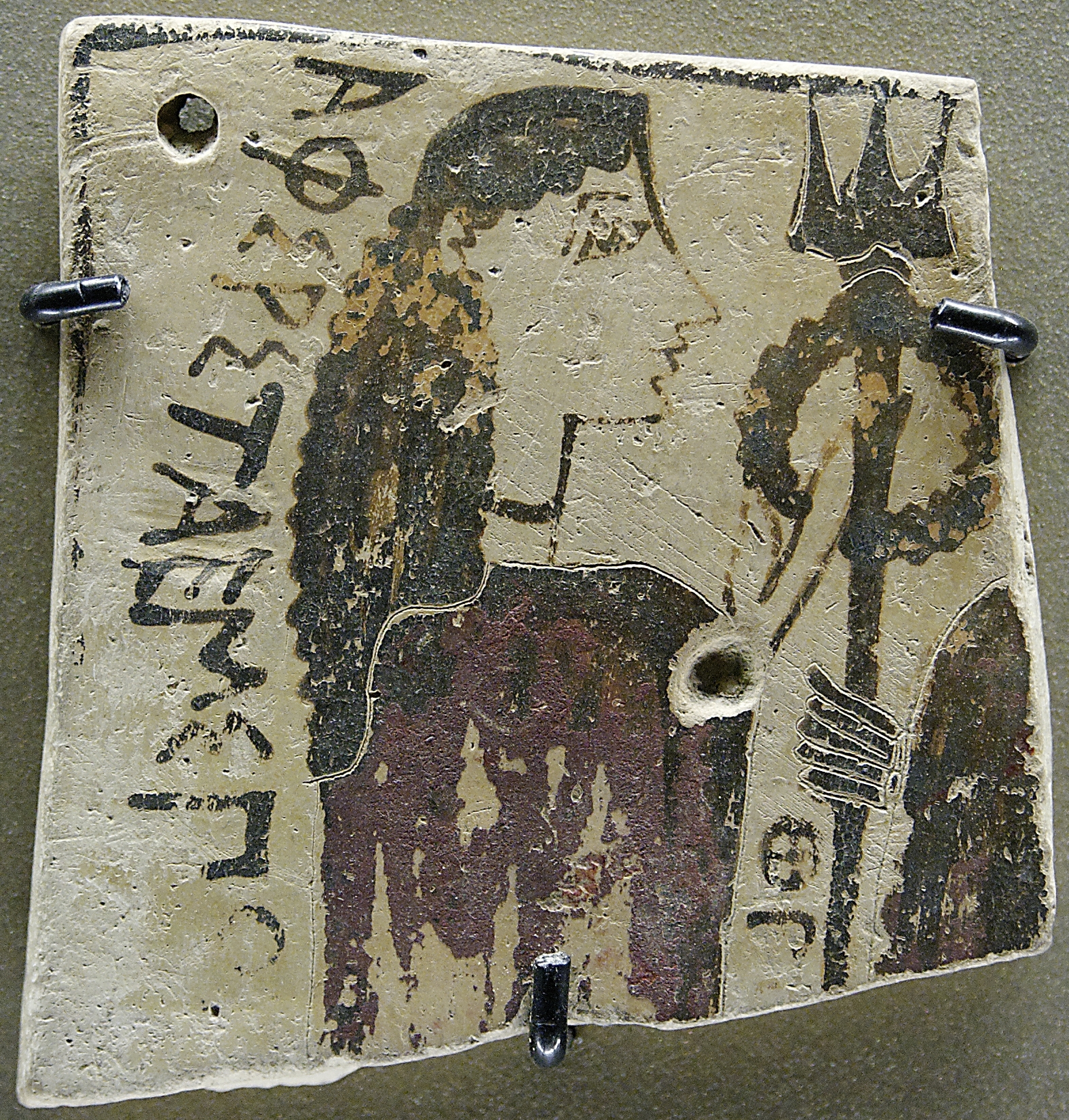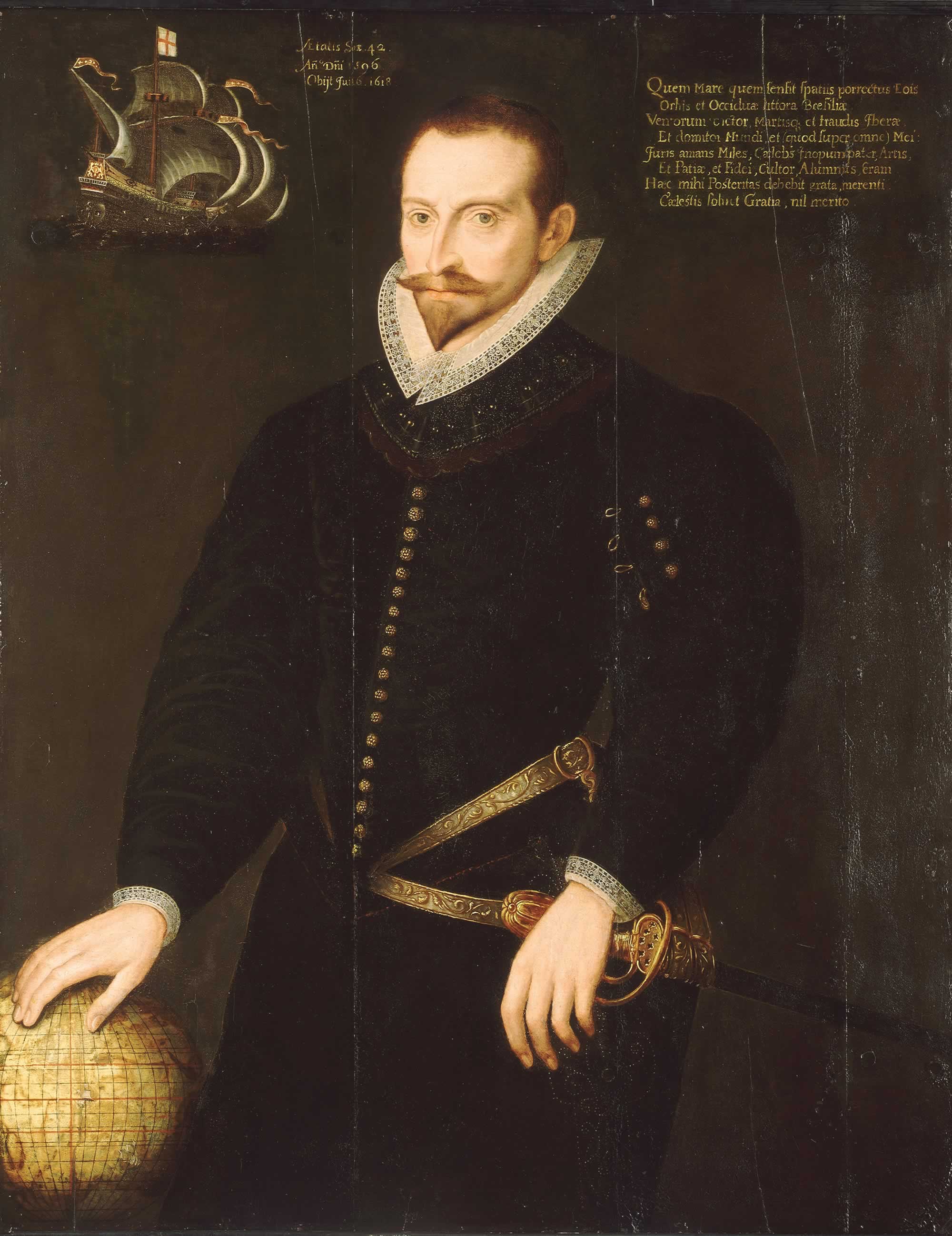|
Triton (ship)
Many vessels have been named ''Triton'' or ''Tryton'', after Triton (mythology), Triton, the son of Poseidon and Amphitrite (mythology), Amphitrite, and the personification of the roaring waters: * , a Danish Navy frigate * , several Royal Navy vessels * British T-class submarine, also known as the ''Triton'' class, diesel-electric submarines * , several U.S. Coast Guard vessels * , several U.S. Navy vessels * , a trimaran vessel used by the Australians Custom Service, and formerly by the Royal Navy * , a cruise ship named ''Triton'' from 1991 to 2004 * , a vessel that operated on Lake Washington in the first part of the 20th century * , a sloop manufactured in Sydney, Australia, throughout the 1980s * , an American 1958 sailboat design * ; four vessels bearing the name ''Triton'' have sailed for the British East India Company. * was launched at Kolkata, Calcutta and sold shortly thereafter to Spanish owners. She was sailing from Bengal to Cadiz when an American-built and outfitted ... [...More Info...] [...Related Items...] OR: [Wikipedia] [Google] [Baidu] |
Triton (mythology)
Triton (; grc-gre, Τρίτων, Trítōn) is a Greek god of the sea, the son of Poseidon and Amphitrite, god and goddess of the sea respectively. Triton lived with his parents in a golden palace on the bottom of the sea. Later he is often depicted as having a conch shell he would blow like a trumpet. Triton is usually represented as a merman, with the upper body of a human and the tailed lower body of a fish. At some time during the Greek and Roman era, Triton(s) became a generic term for a merman (mermen) in art and literature. In English literature, Triton is portrayed as the messenger or herald for the god Poseidon. Triton of Lake Tritonis of ancient Libya is a namesake mythical figure that appeared and aided the Argonauts. Moreover, according to Apollonius Rhodius, he married the Oceanid of said region, Libya. Sea god Triton was the son of Poseidon and Amphitrite according to Hesiod's ''Theogony''. He was the ruler (possessor) of the depths of the sea, who is eith ... [...More Info...] [...Related Items...] OR: [Wikipedia] [Google] [Baidu] |
Poseidon
Poseidon (; grc-gre, Ποσειδῶν) was one of the Twelve Olympians in ancient Greek religion and myth, god of the sea, storms, earthquakes and horses.Burkert 1985pp. 136–139 In pre-Olympian Bronze Age Greece, he was venerated as a chief deity at Pylos and Thebes. He also had the cult title "earth shaker". In the myths of isolated Arcadia he is related with Demeter and Persephone and he was venerated as a horse, however, it seems that he was originally a god of the waters.Seneca quaest. Nat. VI 6 :Nilsson Vol I p.450 He is often regarded as the tamer or father of horses, and with a strike of his trident, he created springs which are related to the word horse.Nilsson Vol I p.450 His Roman equivalent is Neptune. Poseidon was the protector of seafarers, and of many Hellenic cities and colonies. Homer and Hesiod suggest that Poseidon became lord of the sea when, following the overthrow of his father Cronus, the world was divided by lot among Cronus' three sons; Zeus was ... [...More Info...] [...Related Items...] OR: [Wikipedia] [Google] [Baidu] |
Amphitrite (mythology)
In ancient Greek mythology, Amphitrite (; grc-gre, Ἀμφιτρίτη, Amphitrítē) was the goddess of the sea, the queen of the sea, and the wife of Poseidon. She was a daughter of Nereus and Doris (or Oceanus and Tethys).Roman, L., & Roman, M. (2010). Under the influence of the Olympian pantheon, she became the consort of Poseidon and was later used as a symbolic representation of the sea. Her Roman counterpart is Salacia, a comparatively minor figure, and the goddess of saltwater. Mythology Amphitrite was a daughter of Nereus and Doris (and thus a Nereid), according to Hesiod's '' Theogony'', but of Oceanus and Tethys (and thus an Oceanid), according to the '' Bibliotheca'', which actually lists her among both the Nereids and the Oceanids. Others called her the personification of the sea itself ( saltwater). Marriage to Poseidon When Poseidon desired to marry her, Amphitrite, wanting to protect "her virginity", fled to the Atlas mountains. Poseidon sent ma ... [...More Info...] [...Related Items...] OR: [Wikipedia] [Google] [Baidu] |
Danish Navy
The Royal Danish Navy ( da, Søværnet) is the sea-based branch of the Danish Defence force. The RDN is mainly responsible for maritime defence and maintaining the sovereignty of Danish territorial waters (incl. Faroe Islands and Greenland). Other tasks include surveillance, search and rescue, icebreaking, oil spill recovery and prevention as well as contributions to international tasks and forces. During the period 1509–1814, when Denmark was in a union with Norway, the Danish Navy was part of the Dano-Norwegian Navy. Until the copenhagenization of the navy in 1801, and again in 1807, the navy was a major strategic influence in the European geographical area, but since then its size and influence has drastically declined with a change in government policy. Despite this, the navy is now equipped with a number of large state-of-the-art vessels commissioned since the end of the Cold War. This can be explained by its strategic location as the NATO member controlling access t ... [...More Info...] [...Related Items...] OR: [Wikipedia] [Google] [Baidu] |
Royal Navy
The Royal Navy (RN) is the United Kingdom's naval warfare force. Although warships were used by Kingdom of England, English and Kingdom of Scotland, Scottish kings from the early medieval period, the first major maritime engagements were fought in the Hundred Years' War against Kingdom of France, France. The modern Royal Navy traces its origins to the early 16th century; the oldest of the British Armed Forces, UK's armed services, it is consequently known as the Senior Service. From the middle decades of the 17th century, and through the 18th century, the Royal Navy vied with the Dutch Navy and later with the French Navy for maritime supremacy. From the mid 18th century, it was the world's most powerful navy until the World War II, Second World War. The Royal Navy played a key part in establishing and defending the British Empire, and four Imperial fortress colonies and a string of imperial bases and coaling stations secured the Royal Navy's ability to assert naval superiority ... [...More Info...] [...Related Items...] OR: [Wikipedia] [Google] [Baidu] |
British T-class Submarine
The Royal Navy's T class (or ''Triton'' class) of diesel-electric submarines was designed in the 1930s to replace the O, P, and R classes. Fifty-three members of the class were built just before and during the Second World War, where they played a major role in the Royal Navy's submarine operations. Four boats in service with the Royal Netherlands Navy were known as the ''Zwaardvisch'' class. In the decade following the war, the oldest surviving boats were scrapped and the remainder converted to anti-submarine vessels to counter the growing Soviet submarine threat. The Royal Navy disposed of its last operational boat in 1969, although it retained one permanently moored as a static training submarine until 1974. The last surviving boat, serving in the Israel Sea Corps, was scrapped in 1977. Development The design of what was to become the T class began in 1934 in order to create a replacement for the first British postwar submarines, the O, P, and R classes. These similar c ... [...More Info...] [...Related Items...] OR: [Wikipedia] [Google] [Baidu] |
Diesel-electric Submarine
A submarine (or sub) is a watercraft capable of independent operation underwater. It differs from a submersible, which has more limited underwater capability. The term is also sometimes used historically or colloquially to refer to remotely operated vehicles and robots, as well as medium-sized or smaller vessels, such as the midget submarine and the wet sub. Submarines are referred to as ''boats'' rather than ''ships'' irrespective of their size. Although experimental submarines had been built earlier, submarine design took off during the 19th century, and they were adopted by several navies. They were first widely used during World War I (1914–1918), and are now used in many navies, large and small. Military uses include attacking enemy surface ships (merchant and military) or other submarines, and for aircraft carrier protection, blockade running, nuclear deterrence, reconnaissance, conventional land attack (for example, using a cruise missile), and covert insertion of s ... [...More Info...] [...Related Items...] OR: [Wikipedia] [Google] [Baidu] |
East India Company
The East India Company (EIC) was an English, and later British, joint-stock company founded in 1600 and dissolved in 1874. It was formed to trade in the Indian Ocean region, initially with the East Indies (the Indian subcontinent and Southeast Asia), and later with East Asia. The company seized control of large parts of the Indian subcontinent, colonised parts of Southeast Asia and Hong Kong. At its peak, the company was the largest corporation in the world. The EIC had its own armed forces in the form of the company's three Presidency armies, totalling about 260,000 soldiers, twice the size of the British army at the time. The operations of the company had a profound effect on the global balance of trade, almost single-handedly reversing the trend of eastward drain of Western bullion, seen since Roman times. Originally chartered as the "Governor and Company of Merchants of London Trading into the East-Indies", the company rose to account for half of the world's trad ... [...More Info...] [...Related Items...] OR: [Wikipedia] [Google] [Baidu] |





